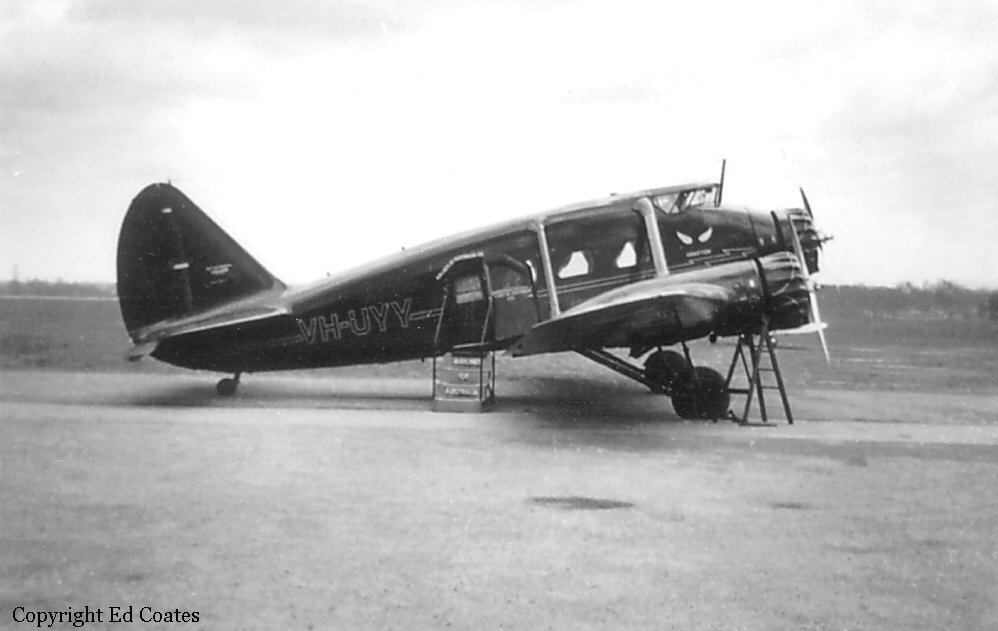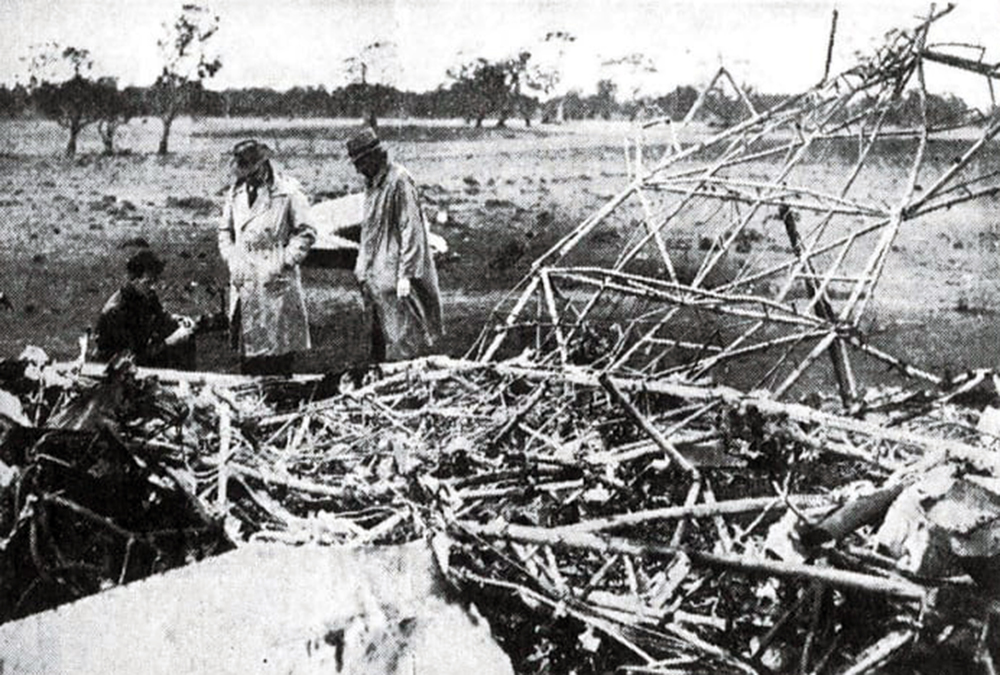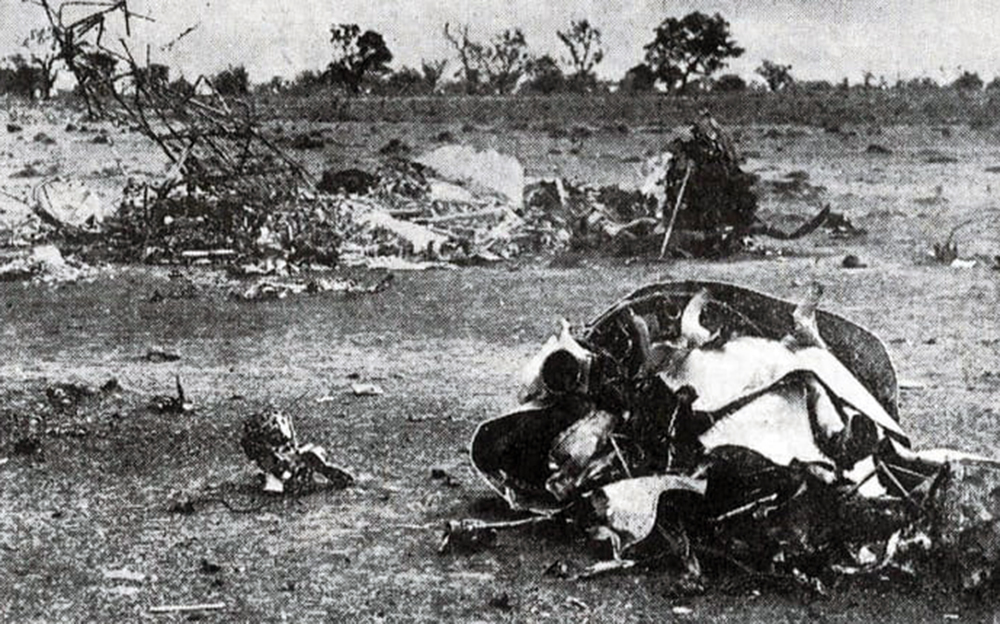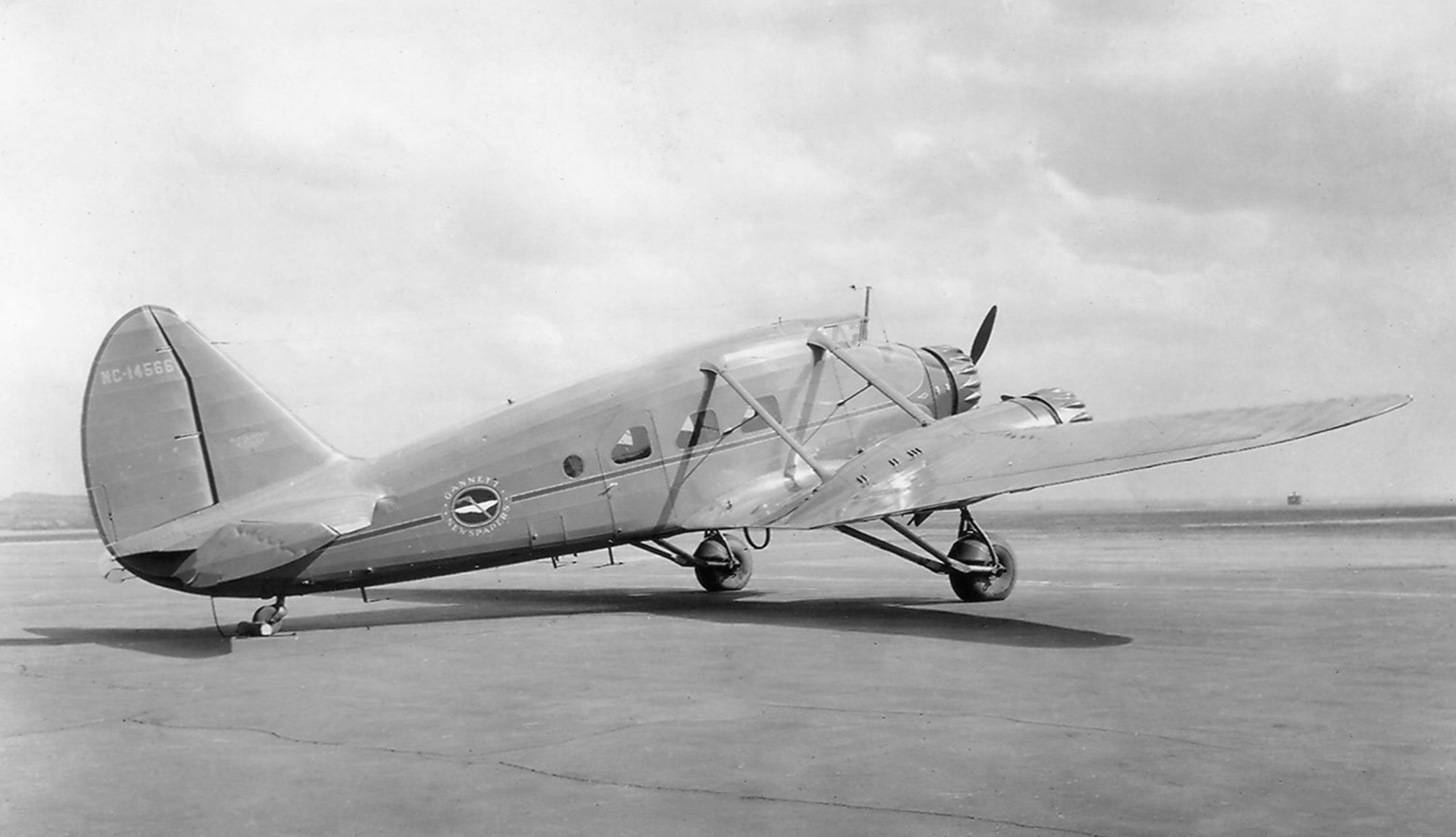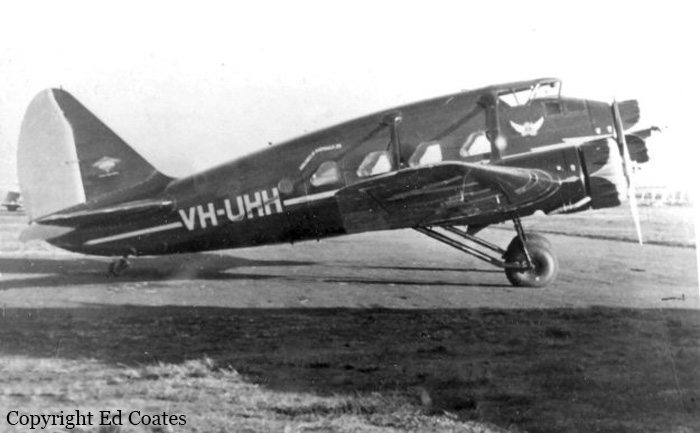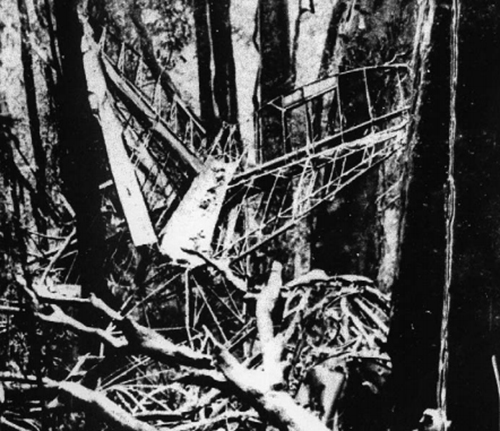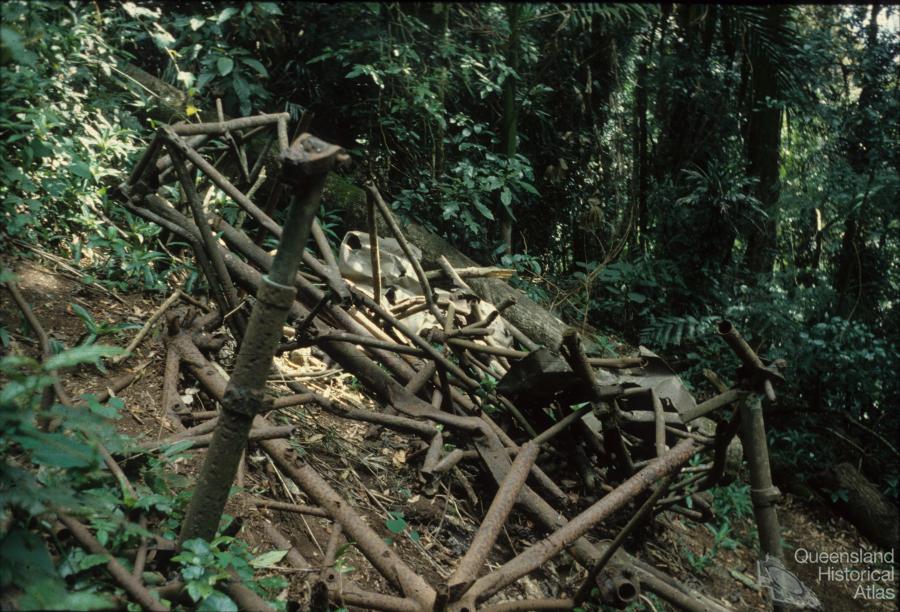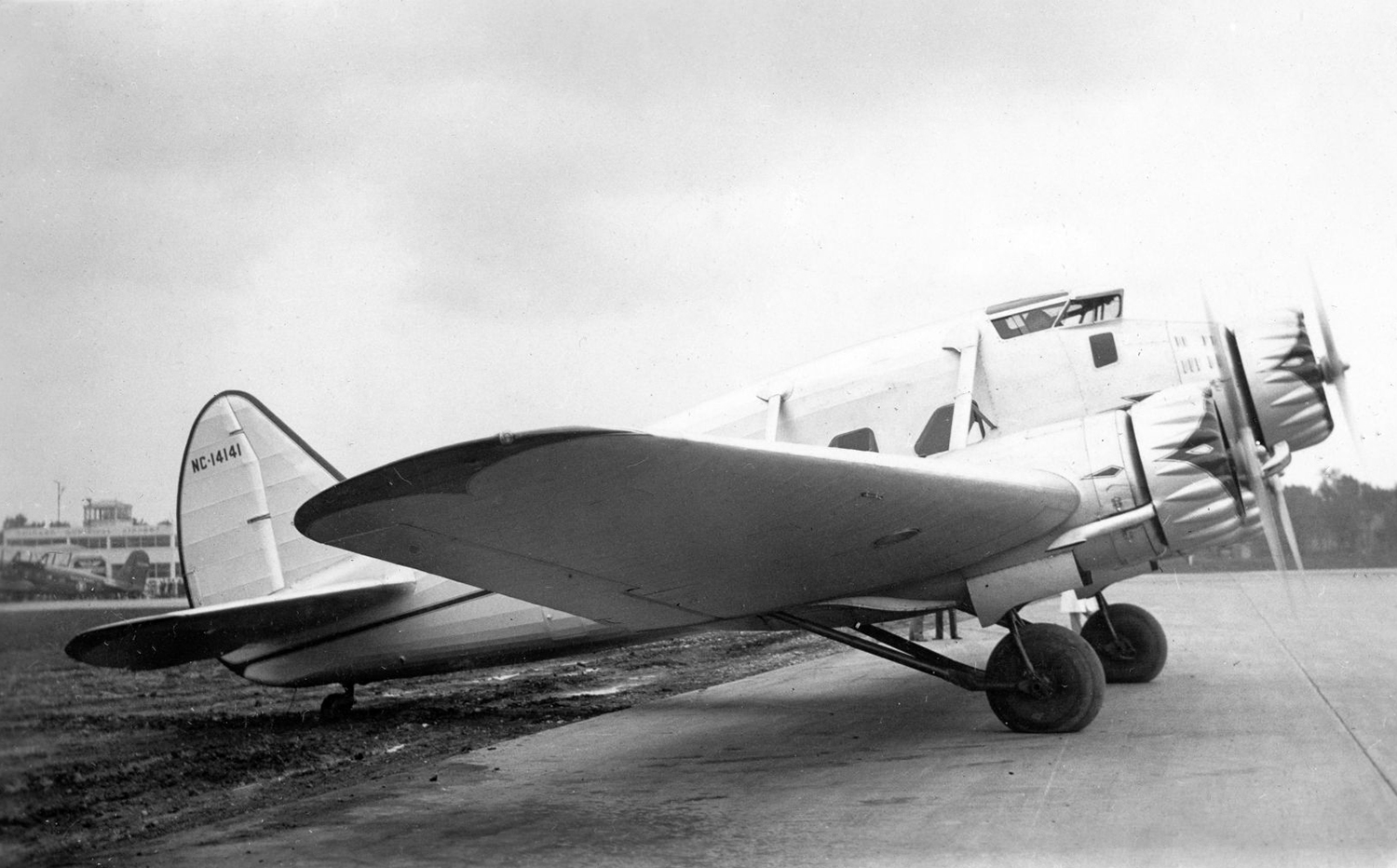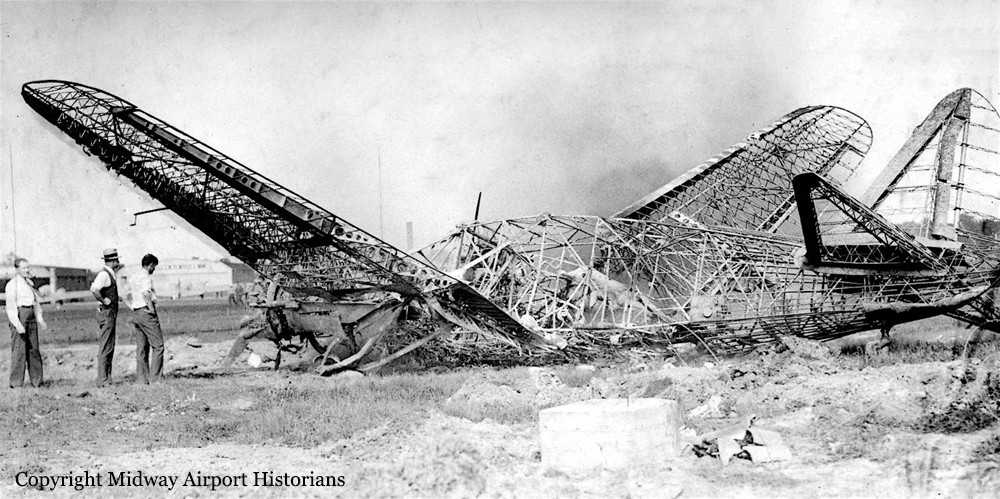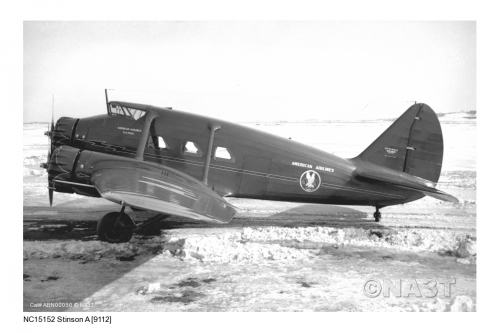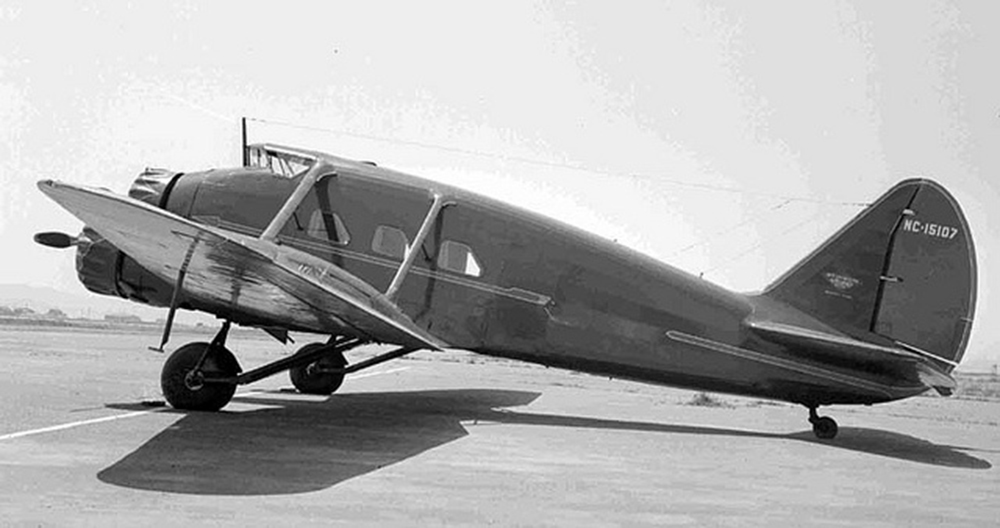Crash of a Stinson Model A-2W near Redesdale: 10 killed
Date & Time:
Jan 31, 1945 at 0825 LT
Registration:
VH-UYY
Survivors:
No
Schedule:
Melbourne – Kerang – Mildura – Broken Hill
MSN:
9130
YOM:
1936
Crew on board:
2
Crew fatalities:
Pax on board:
8
Pax fatalities:
Other fatalities:
Total fatalities:
10
Circumstances:
Enroute, the outer port wing broke off. The three engine aircraft christened 'Tokana' dove into the ground and crashed near Redesdale, killing all 10 occupants.
Crew:
Alan Murn, pilot,
Orville Openshaw, copilot.
Crew:
Alan Murn, pilot,
Orville Openshaw, copilot.
Probable cause:
It appears that the physical loss of the port wing was caused by a structural failure due to the presence of fatigue cracks. Following this accident, it was decreed that all aircraft should henceforth be x-rayed for signs of cracks and structural weaknesses. The presence of turbulence and strong winds at the time of the accident was considered as a contributory factor.
